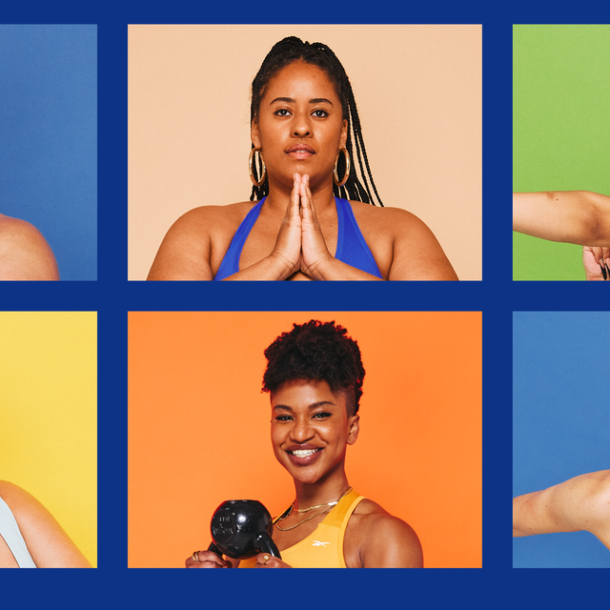
I Tried the New Google Smartwatch—Here’s Who I Would (and Would Not) Recommend It To
Wearables like fitness trackers and smartwatches have been around for well over a decade, so it surprised me to learn that Google didn’t throw its (tech-heavy) hat into the ring until 2022. That’s when it collaborated with Fitbit to release the Google Pixel Watch, a snappy, stylish device that earned SELF-Certified status after I tried it out.
Now it’s back with its sophomore offering: the Google Pixel Watch 2 ($350, amazon.com), which promises to take health-focused metrics even further while improving some of its snags (most noticeably, a not-so-great battery life). I got the opportunity to test this option too—here’s how it stacks up against the OG.
How I tested
I based my review of the Google Pixel Watch 2 on criteria recommended by SELF’s panel of experts, which includes factors like ease of use, accuracy, battery life, water resistance, and special features. I wore the watch for nearly a month, and took it off only to charge—meaning I showered, slept, and exercised with it on. I tried it during a bunch of different workouts, including outdoor runs and walks, strength training sessions, and indoor cycling. For comparison’s sake, I also wore it with the Garmin Venu 3 on my other wrist during some of my workouts.
Ease of use
I tested the Google Pixel Watch 2 with my Google Pixel 7 phone, which made for a pretty simple setup. (Sorry Apple users, this watch won’t work for you, as it’s Android-only.)
First impressions
Like its predecessor, the Pixel Watch 2 is a damn attractive device. I tried it in matte black with a matching band, and it looked so sleek and stylish. It has a lower profile than a lot of other smartwatches—when I wore it with my Venu 3, the Garmin would usually snag on a sleeve when I was putting on my coat, but the Pixel Watch never did. Google reduced this version’s weight by 10%, so it felt super light too. The watch came with a silicone sport band, which is waterproof, sweat-resistant, and has a nifty closure (the end tucks away so it never came loose for me).
The Pixel Watch 2 operates with the combo of a touchscreen, one haptic button, and one scrolling crown button. There’s a bit of a learning curve here; different actions do different things. A short press of the haptic button takes you through a listing of your most recently used apps, while a long press summons your voice-activated virtual assistant. A single press of the crown takes you to all your apps, and a double press sends you to your virtual wallet.
And if you’re not into a learning curve? Lean on your virtual assistant instead, which I did more than I’d care to admit. Simply press the button and give it verbal commands—“start a run,” “set a timer,” “text Rob”—and boom: no need to remember any kind of buttons.
The app
The Pixel Watch 2 requires two apps, a separation that I wish could merge into a more seamless experience. The Watch app is home for the workings of your device: preferences, display, notifications, safety and emergency contacts, and other apps, plus the ability to choose and reorder which tiles appear on your wrist. To look at your health or workout metrics, you’ll need to head over to the Fitbit app. That’s where you’ll find everyday data like steps, activity minutes, and floors climbed, as well as health-specific info, like heart rate, stress level, and sleep readings.
The watch face
You have dozens of choices for your watch face. Google seems to favor the understated; I chose the one that displays the most metrics—time, day, date, along with battery level, steps, calories, and heart rate—which was still a bit less than I had with other brands.
Related Articles
2023 Healmyselfnow @ All Rights Reserved


